Sprinkler Repairs You Can Make
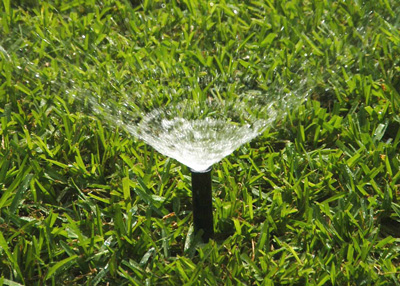
I’m not the handiest man in town. My wife and I just spent an hour trying to figure out how to unlock and open an adjustable French door that’s jammed tighter than Fort Knox. The YouTube videos make it look like anyone can do it. But I couldn’t. So I do understand.
But the sprinkler repairs I’m going to address here are much easier than that door. They’re things you can fix yourself. Let me guide you.
Start by buying wire stakes at the hardware store, home center or irrigation supply dealer near you.
Have a friend who doesn’t mind getting wet be the “outside person.” It would be nice if it could be a youngster out of school, but it needs to be someone familiar with how each head is expected to function.
Run your controller through all of its stations one at a time. Have your outside person put a flag at each head or line that isn’t functioning properly. Here are some of the most common issues.
Broken heads…
Sometimes squirrels chew on sprinkler heads seeking water. Mowers and trimmers hit them. Dogs chew on them for no apparent reason. Water freezes in them and bursts them. My bet is that you’ll have 6 or 8 heads that need to be replaced, maybe more after that Christmas freeze last winter.
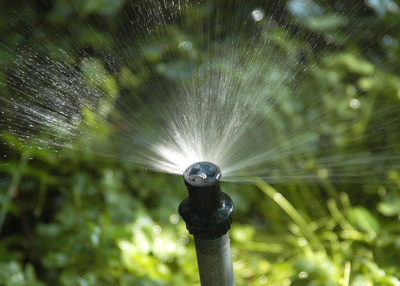
Important: Before you remove heads, make note of their brands, model numbers, distance of throw and percentage of a full circle that they cover. Those will often be embedded in the plastic showing 45, 90, 120, 150, 180, 270 or 360 degrees of coverage. You need to match what was there originally. I’d suggest taking photos and notes, but you might want to leave each old head in place until you bring in its replacement.
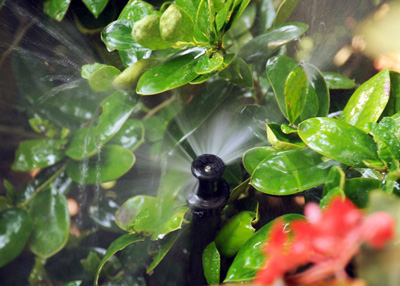
Blocked heads…
Look for new growth from shrubs or groundcovers that might be keeping a head from providing its intended coverage. Some plants will go dry, while others will become soaked to excess. You can either trim the twigs and new growth, or you can buy short 6- or 8-inch extenders that will raise the heads above the foliage.
Grass sometimes gains thickness over the years, growing deep enough that heads don’t rise to clear it. Once again, you can remove the entire head (if it’s not running, it won’t be under pressure) and insert a short nipple to raise it by the appropriate amount.
Dirty strainers…
Even though we’re careful in all of our sprinkler work, tiny pebbles, sand, silt and leaves still manage to creep in. That’s why most sprinkler heads have some sort of removable strainers. In most cases, when you remove the head from its riser, the strainer will fall out in your hand. Have a bucket of clear water to swish it around until it’s clean. I like to turn the system on for a 3-count, so that the fresh water will shoot up out of that riser, thereby cleaning out any further debris.
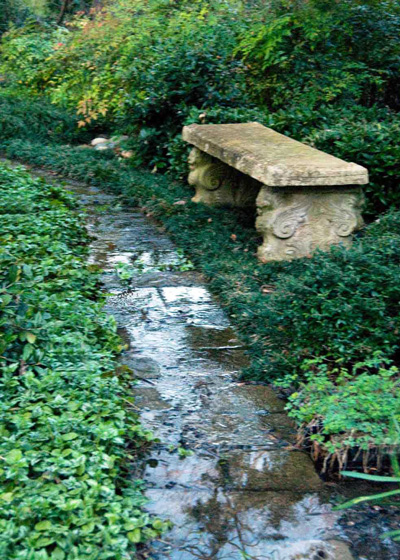
Broken pipe…
Usually it’s the glue joint that has come loose. Maybe it wasn’t carefully assembled in the first place, or perhaps it’s taken a beating from traffic, the pressure of growing roots that are adjacent – any of many possible challenges. When you see wet spots that are away from any heads, that means there’s something broken. If it’s on a slope, trace the wet soil back to its origin. When you find the source, start digging to locate the problem.
Once you know where the issue is, turn the water meter or main valve “off” and drain the system. Pipes must be dry to get good glue joints. Use a hacksaw to remove the broken pieces.
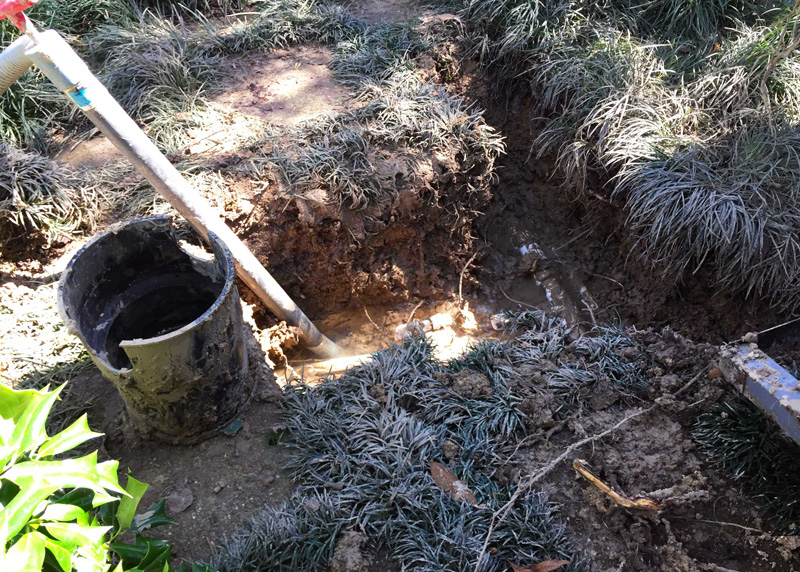
If it’s in a complicated joint (as mine always seem to be), remove any part that will be hard to reuse and take it to the hardware store with you. Have a specialist out of the “pipes and fittings” department help you. You’ll need all of the parts you took to the hardware store with you, plus connections to hook the new parts back into the system.
Buy small, fresh cans of primer and glue, and have a few extra rags on hand to keep everything clean and dry. It also helps to have a few feet of the same size of pipe you’ve been cutting as well as a few 90-degree elbows and a cap or two. If you don’t use them this time, you will some other time.
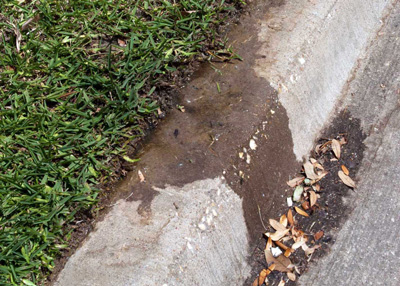
Stuck valve…
That debris we talked about clogging strainers earlier can also get caught in valves and keep them from sealing. It’s especially likely as gaskets age and become even slightly brittle.
However, this one can be a little bit tricky. The valve that is causing the problem may be 75 feet away from the wet spot. Water will dribble out by gravity at the lowest head on that particular station. But the source of the problem may not be anywhere nearby. This is when you really need the original installation plan for your system – the one showing the locations of valves.
If you don’t have the plan, and if you can’t find the valve, it’s time to contact your irrigation contractor and ask them to help you locate the valve and solve the problem. You will have saved enough on the other repairs to justify calling in a pro to help with this one repair.
